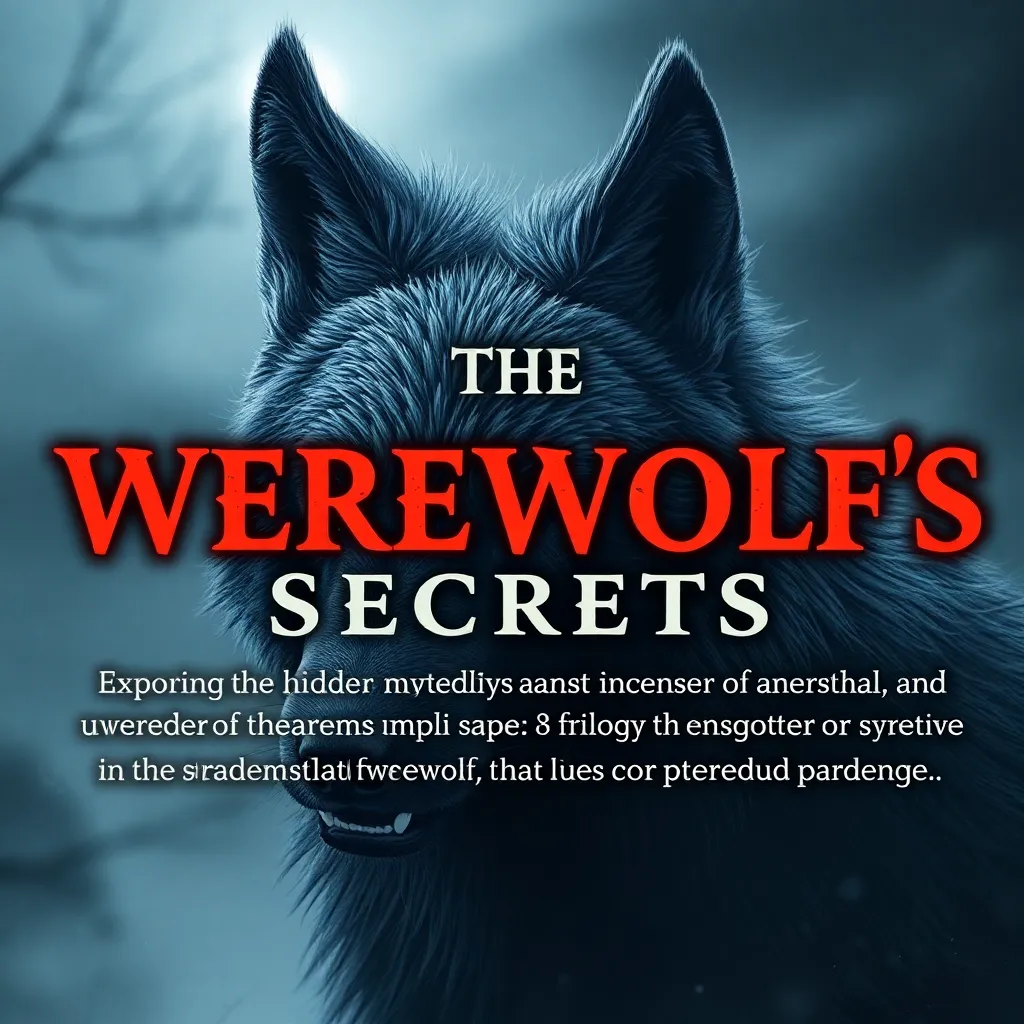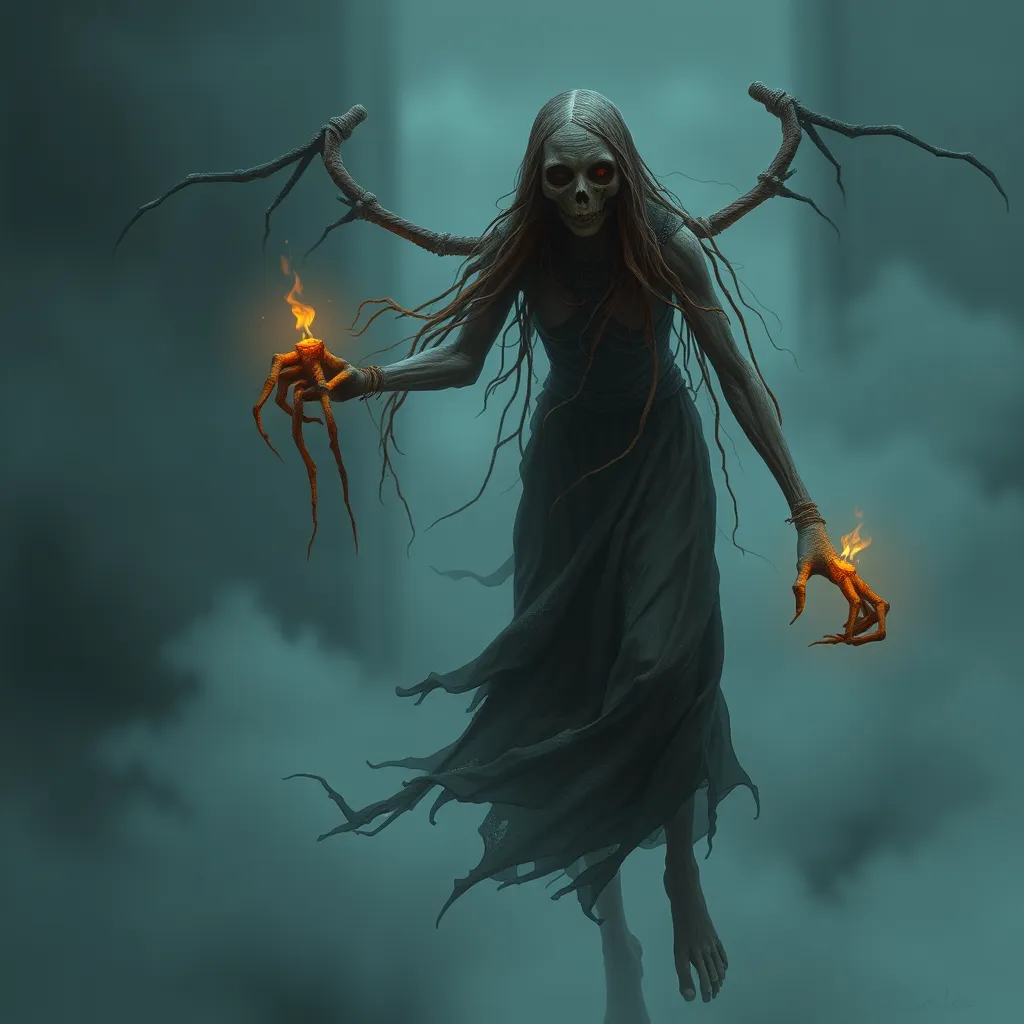The Dullahan: The Headless Horseman and the Celtic Troll
I. Introduction
The Dullahan is a captivating figure in Celtic mythology, often depicted as a headless horseman who serves as a grim herald of death. With roots deeply embedded in Irish folklore, the Dullahan has become a symbol of the supernatural, representing the transition between life and the afterlife. This article aims to explore the historical origins, appearance, mythological role, and modern representations of the Dullahan, highlighting its significance in both ancient traditions and contemporary culture.
II. Historical Origins of the Dullahan
The origins of the Dullahan can be traced back to early Irish literature, where it appears in various tales and legends.
- Early references in Irish literature: The Dullahan is mentioned in texts such as the “Leabhar Gabhála” (The Book of Invasions) and the “Táin Bó Cúailnge” (The Cattle Raid of Cooley), which illustrate its role as a spectral figure.
- Influence of ancient Celtic beliefs: The Dullahan embodies elements of ancient Celtic beliefs regarding death and the afterlife, reflecting the community’s understanding of mortality and the unknown.
- Evolution in folklore: Over centuries, the Dullahan’s character has evolved, adapting to changes in cultural perceptions of death and the supernatural.
III. The Dullahan’s Appearance and Attributes
Visually striking and terrifying, the Dullahan is most commonly portrayed as a headless rider, often accompanied by a black horse.
- Description: The Dullahan rides a powerful black steed, wielding a whip made from a human spine. Its lack of a head is a defining characteristic, with the head often seen carried under one arm or held aloft.
- Symbolic meanings: The head, when depicted, is a representation of knowledge and power, and its absence symbolizes the loss of life and the unknown aspects of death.
- Significance of the horse and coach: The black horse is often associated with the underworld, while the coach signifies the transport of souls, enhancing the Dullahan’s role as a psychopomp.
IV. The Role of the Dullahan in Celtic Mythology
The Dullahan occupies a significant place in Celtic mythology, primarily as a harbinger of death.
- Harbinger of death: The Dullahan is known to appear at night, calling out names of individuals destined to die, serving as an ominous warning.
- Comparisons with other figures: Much like the Grim Reaper, the Dullahan represents the inevitability of death, yet its origins and cultural significance are distinctly rooted in Irish lore.
- Connection to the supernatural: The Dullahan is often seen as a being that transcends the mortal realm, reflecting the beliefs of ancient Celts regarding the spirit world.
V. The Dullahan in Folklore and Legends
Numerous stories and legends featuring the Dullahan have emerged over the years, illustrating its impact on local traditions.
- Notable stories: One famous tale involves a Dullahan who visits a village, causing terror as it calls out the names of the villagers, predicting their demise.
- Regional variations: Across different regions of Ireland, the Dullahan is depicted with slight variations, showing local interpretations of the character.
- Impact on traditions: The Dullahan has influenced various customs and beliefs, including funeral practices and superstitions surrounding death.
VI. The Dullahan in Modern Popular Culture
In contemporary times, the Dullahan has found a place in literature, film, and television, demonstrating its enduring legacy.
- Depictions in media: The Dullahan has appeared in various forms of media, including novels and animated series, often portrayed as a frightening yet intriguing character.
- Influence on archetypes: The Dullahan has inspired the archetype of the headless horseman, influencing characters like the infamous Headless Horseman from Washington Irving’s “The Legend of Sleepy Hollow.”
- Analysis of representation: Modern portrayals often emphasize the eerie and supernatural aspects of the Dullahan, resonating with themes of death and the unknown.
VII. The Dullahan and Its Cultural Significance Today
Today, the Dullahan remains a potent symbol of death and the afterlife, continuing to captivate audiences and scholars alike.
- Symbol of death: As a representation of mortality, the Dullahan invites reflection on life and the inevitability of death.
- Relevance in folklore discussions: The Dullahan has become a focal point in contemporary studies of folklore, serving as an entry point for discussions on mythology and cultural heritage.
- Role in cultural festivities: The Dullahan is often invoked during Halloween and other celebrations, linking it to themes of the supernatural and the macabre.
VIII. Conclusion
In summary, the Dullahan is a rich and complex figure in Celtic mythology, embodying themes of death, the supernatural, and cultural heritage. Its evolution from ancient folklore to modern representations highlights the enduring legacy of this headless horseman. As we reflect on the Dullahan’s impact, we are reminded of the power of folklore to shape our understanding of life, death, and the mysteries that lie beyond. We invite readers to further explore the fascinating world of Celtic mythology and its myriad of intriguing characters.



